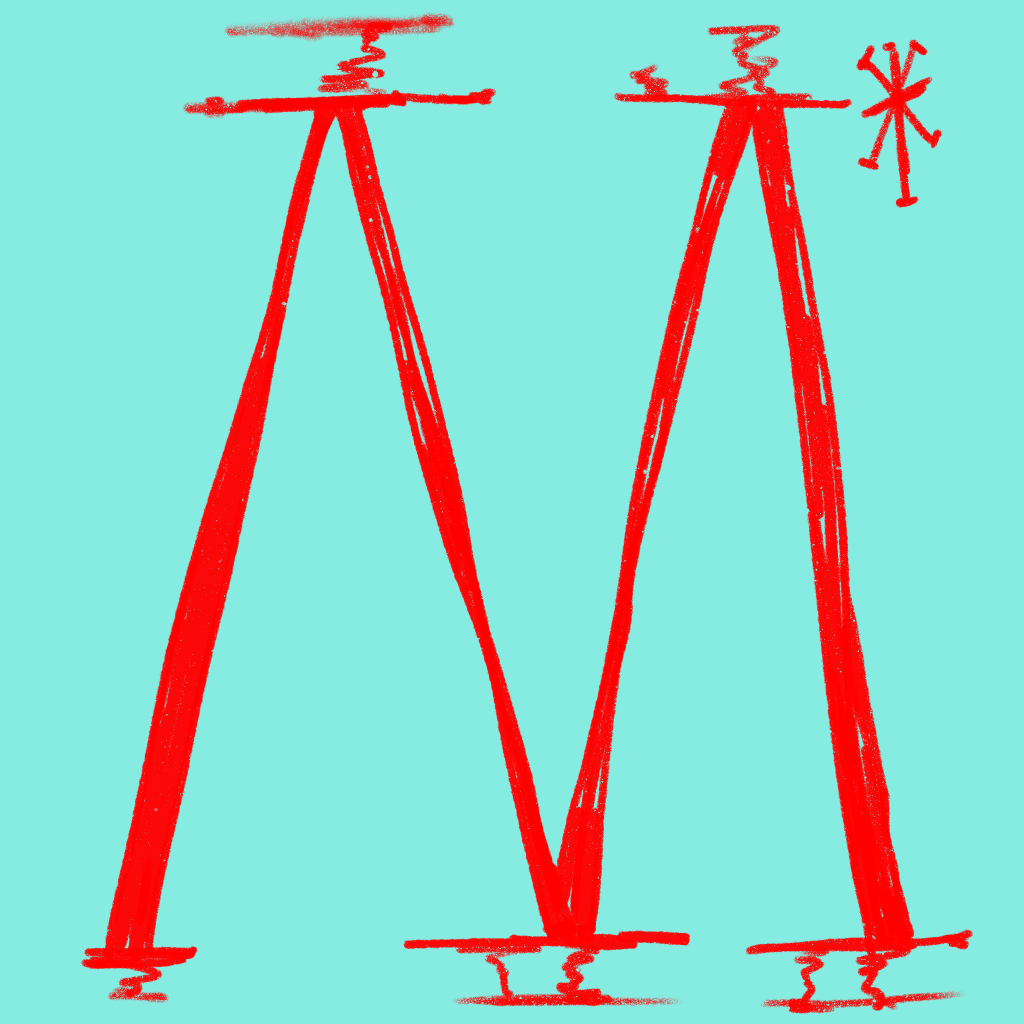After conducting three interviews with a funeral supply wholesaler, a local funeral clothing shop owner, and my grandmother, I’ve gathered important insights that are critical for my research on breaking the rigid adherence to traditional funeral practices and introducing more personalized options.
Key Findings:
- Cultural Taboos and Discomfort: Across the interviews, it was clear that there is a strong cultural belief that funeral-related items and services are associated with bad luck or negative energy. Many people prefer not to engage with these things outside of designated times like Qingming, Ghost Festival, or specific anniversaries. This discomfort extends to where funeral shops are located—most people believe they shouldn’t be in busy, populated areas or have noticeable decor.
- Traditional vs. Modern Preferences: While there is a growing interest among younger generations in personalizing funeral practices, most of these personalizations remain within the bounds of tradition. Older customers prefer conventional items like paper money and gold ingots, while younger customers are more interested in items reflecting modern life, such as paper cars or alcohol. However, despite their interest in personalization, younger people still adhere to traditional customs and taboos.
- Market Offerings vs. Online Trends: Although younger people might joke online about burning paper versions of modern or humorous items, such as “muscle-bound paper figures,” these products are not actually available in the market. This indicates that, despite the more relaxed attitudes seen online, the market for funeral supplies remains conservative, catering mainly to traditional preferences.
Impact on My Research and Next Steps:
These findings reveal a significant challenge in introducing more personalized funeral practices: the deep-rooted belief that engaging with funeral-related matters outside of prescribed contexts is unlucky or inappropriate. This cultural mindset presents a barrier to the acceptance of more modern or personalized funeral options.
However, the fact that people are willing to maintain traditional rituals and procedures is promising. It suggests that while there is resistance to changing the symbols and items used in these rituals, there may be room to innovate how these items are perceived and utilized.
Next Steps – Intervention:
Given this context, my next step is to work on breaking the cultural taboo that views engagement with funeral matters as something negative. I plan to record the entire Ghost Festival (Qiyueban) ritual process within my family, aiming to present it as a natural, respectful part of life rather than something to be avoided or feared. By normalizing these practices through documentation, I hope to pave the way for more open discussions about personalizing funeral practices in a way that still honors traditional values.
This documentation will serve as a critical bridge to introducing more personalized, modern options within funeral practices. By showing that engaging with these customs can be a meaningful and routine part of life, I aim to encourage a shift in perspective, making it easier to innovate within this traditionally rigid space.

